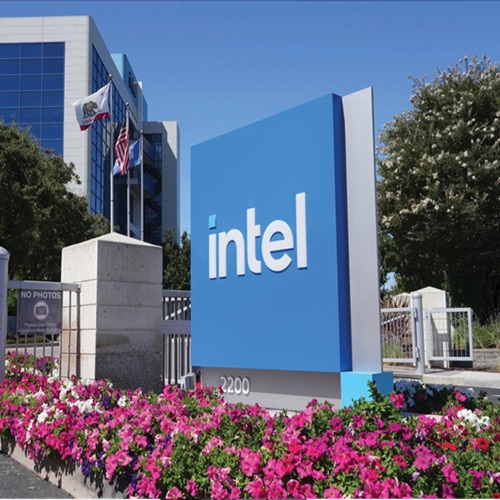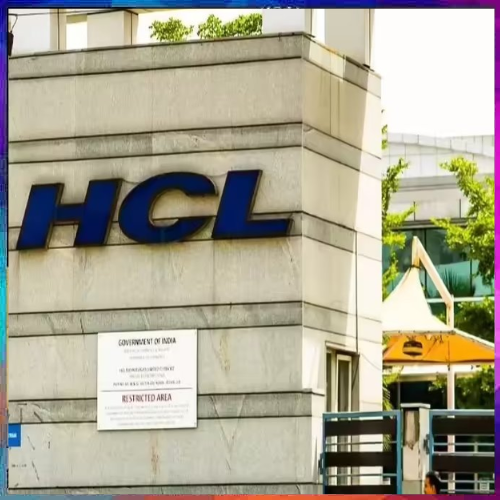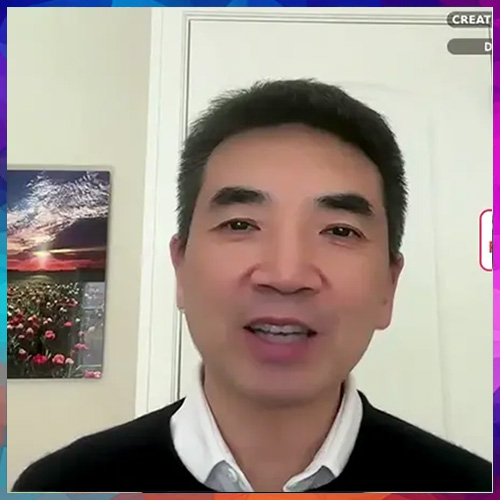
In a break with long-standing U.S. policy, the federal government is taking a 10% equity stake in Intel— converting unspent CHIPS Act grants and defense funding into shares and a conditional warrant. The move is designed to keep Intel’s foundry under American control, stabilize a strategically important firm, and accelerate on-shore capacity. The implications for Intel, its customers, and U.S. industrial policy are profound.
THE DEAL THAT CHANGED THE CONVERSATION
In a move that startled markets and policy circles alike, Intel announced last week that the U.S. government would take roughly a 10% equity stake in the company. The investment, worth nearly $9 billion, comes not through new appropriations but by converting unspent CHIPS Act funds and defense allocations into stock. Intel confirmed it has already received $5.7 billion in cash, while the remainder and certain conditions are still being worked out with the administration.
Beyond the numbers, this is a remarkable shift. The United States, which has traditionally avoided taking direct ownership stakes in publicly listed technology companies, is stepping squarely into corporate finance to achieve strategic aims. The partnership gives Washington not just financial exposure, but also a degree of influence over Intel’s most critical business: its foundry operations.
The deal also carries an unusual safeguard. If Intel ever ceded majority control of its foundry, the government could exercise a warrant to buy an additional 5% at a pre-set price. The intent is clear: prevent Intel from spinning off or selling the unit, a move that might serve investors in the short term but undermine national strategy in the long run.
WHY WASHINGTON MOVED
At the core of the decision is a blunt strategic reality. Semiconductors have become the backbone of economic competitiveness and national security. From cloud computing and AI models to fighter jets and missile systems, advanced chips are indispensable. Yet, over the past three decades, the U.S. allowed its domestic manufacturing base to erode, depending heavily on East Asian foundries for leading-edge chips.
The CHIPS and Science Act of 2022 sought to reverse that decline by offering grants and tax credits to companies building fabs on U.S. soil. But grants have limits. They are slow to disburse, subject to performance gates, and provide little leverage if a recipient later restructures in ways contrary to national interests.
By converting grants into equity, the government signals a new approach. This is not just about subsidizing jobs or ribbon cuttings. It is about embedding industrial policy into corporate structure. Washington now has a stake—literally—in whether Intel’s foundry expansion succeeds and stays under American control.
It also creates a signaling effect. Potential Intel customers, especially those designing cutting-edge AI chips, now see the U.S. government as a co-investor. That makes it harder to doubt Intel’s long-term commitment to the foundry business.
WHY INTEL ACCEPTED
For Intel, the deal is as much about survival as strategy. Chief Executive Pat Gelsinger has spent the past four years trying to rebuild the company’s process technology lead, expand contract manufacturing, and reposition Intel for the AI era. That transformation is massively expensive, with new fabs underway in Arizona, Ohio, and Europe.
Cash matters in this turnaround. The $5.7 billion infusion gives Intel more breathing room at a time when it is burning through capital. More importantly, the equity structure is faster and less conditional than waiting for staggered CHIPS Act grants. It strengthens Intel’s balance sheet and reassures partners that its ambitious roadmap won’t collapse for lack of funding.
Equally significant is the political shield. Intel has long faced pressure from investors to spin off its foundry business to unlock shareholder value. The new warrant makes such a move costly and politically fraught, allowing management to focus on execution rather than corporate restructuring battles.
There are risks too. A visible U.S. government stake may complicate relationships with some international customers who fear entanglement with U.S. policy. Intel will need to demonstrate that its fabs remain commercially neutral platforms even with Washington as a shareholder.
A BROADER SHIFT IN U.S. INDUSTRIAL POLICY
The implications extend well beyond Intel. For decades, the United States resisted the kind of state-capital partnerships common in Asia and parts of Europe. Industrial support usually took the form of research funding, tax credits, or at most conditional subsidies.
This deal breaks that mold. By holding stock, Washington is aligning its financial interests with long-term competitiveness rather than one-off disbursements. If Intel succeeds, the government shares in the upside. If Intel falters, Washington has more leverage to prevent a strategic collapse.
 DONALD TRUMP
DONALD TRUMP
PRESIDENT, USA
It also sets a template. Officials have already suggested that similar equity-based support could be applied to other firms in the semiconductor value chain and even in AI infrastructure. That raises profound questions: is the U.S. inching toward a sovereign investment model, akin to the “golden shares” used in Europe or the strategic stakes China maintains in key firms?
The political debate is already heated. Proponents argue this is a pragmatic response to global competition and a recognition that markets alone cannot deliver secure supply chains. Critics warn of creeping statism, politicized corporate governance, and the risk of picking winners. Either way, the precedent is here to stay.
WHAT IT MEANS FOR THE SEMICONDUCTOR INDUSTRY
The immediate impact will be felt in the foundry market. Intel has long struggled to persuade big customers like Nvidia, Apple, or Amazon to entrust their most advanced designs to its fabs. With Washington backing, Intel gains credibility. The government’s involvement signals that Intel’s foundry is not going anywhere, which may help break the chicken-and-egg problem of securing anchor customers.
For rivals TSMC and Samsung, the deal raises competitive stakes in the U.S. market. Both already face hurdles from export restrictions and geopolitical risk. Now they must contend with a domestic competitor enjoying explicit government backing.
Upstream suppliers—from lithography toolmakers to chemical providers—also stand to benefit. A financially stabilized Intel means steadier orders for equipment and materials, encouraging more of the supply chain to localize production inside the U.S.Customers, particularly in AI and defense, may be the biggest beneficiaries. Having a secure, domestically controlled option for leading-edge chips reduces dependency on Taiwan and South Korea. That diversification could lower strategic risk, even if Intel’s pricing or yields lag in the short term.
WHAT LIES AHEAD
Several signposts will determine whether this experiment works.
First is execution. No amount of capital or political backing can substitute for technical success. Intel must prove it can hit process milestones, achieve competitive yields, and deliver on time. The government may provide a runway, but the company still needs to fly.
Second is market adoption. Watch closely which companies sign long-term deals with Intel Foundry over the next 12–18 months. Securing even a handful of marquee AI or defense customers would validate the strategy and trigger a virtuous cycle of trust and volume.
Third is policy replication. If Washington extends equity investments to other players, this will mark the birth of a new industrial policy toolkit—less about grants, more about strategic shareholding. That could reshape how investors and entrepreneurs think about building businesses in strategic sectors.
Finally, global reactions matter. Allies like Taiwan, South Korea, and Japan may recalibrate their own incentive packages in response, while competitors will use the U.S. stake as justification for further state involvement. What began as an exceptional deal with Intel could accelerate a broader trend toward government-backed industrial blocs in semiconductors.
CONCLUSION: A BET WITH WIDE CONSEQUENCES
The U.S.–Intel deal is not just a bailout, nor is it a routine subsidy. It is a calculated gamble that directly ties national security goals to the fortunes of a single company. For Intel, it offers breathing room, credibility, and protection from break-up pressures. For Washington, it represents leverage, accountability, and a financial claim on the future of domestic chipmaking.
Whether this becomes a model or a cautionary tale depends on Intel’s next moves. If the company executes its turnaround and secures marquee customers, the government’s stake could look visionary. If not, Washington may find itself part-owner of a struggling giant, and critics of industrial policy will be quick to pounce.
What is certain is that the deal has already changed the conversation. By stepping into Intel’s shareholder register, the U.S. has signaled that semiconductors are too important to be left entirely to markets. That choice may well define the next era of American industrial strategy.
See What’s Next in Tech With the Fast Forward Newsletter
Tweets From @varindiamag
Nothing to see here - yet
When they Tweet, their Tweets will show up here.





























